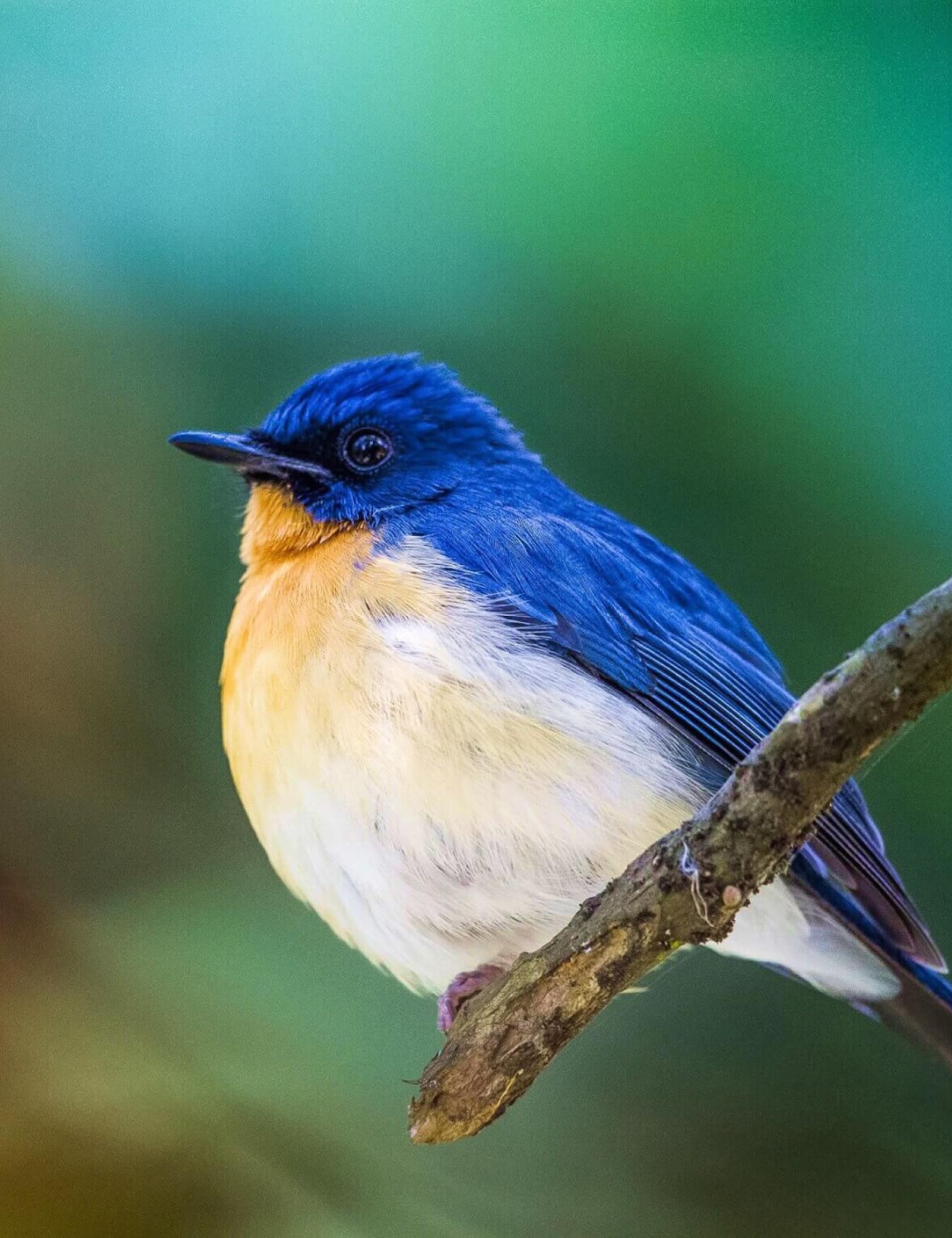Overview
In Rajasthan, Sawai Madhopur is a city located approximately 13.5 kilometres from Ranthambore National Park. One of the best spots to see wild animals is near the intersection of the Aravali and Vindhya hill ranges since the animals are accustomed to the attention they receive there. When coupled with the Sawai Man Singh Sanctuary region, the park’s total area is about 500 square kilometres. Many buildings in Ranthambore National Park transport you back in time. The park contains a large number of water features that offer great comfort to the park’s wild animals throughout the sweltering summer days. The park is called after a massive fort that stands on top of it.
The forest has numerous ancient ruins dispersed throughout it, giving it a distinct, amazing, and blended flavour of nature, history, and fauna. In the Ranthambore National Park, tigers have even been observed hunting right in front of tourists. Ranthambore Tiger Reserve’s past The Indian government first built Sawai Madhopur Game Sanctuary, which later became Ranthambore National Park. It was designated as one of India’s Project Tiger reserves in 1973. Ranthambore was designated a national park on November 1st, 1980, and the adjacent forests were given the names Sawai Man Singh Sanctuary and Keladevi Sanctuary.

Best Time to Visit
Season of Summer
The summer months of April through June is when the temperature can reach 40 °C. The possibilities of seeing tigers and other animals are, however, relatively high during this time of year because they frequent the watering holes to satiate their thirst.
Rainy Season
Many regions of the Ranthambore National Park are off-limits to visitors from July to September due to the monsoon season. Gates 1 through 5 make up the park’s core; Gates 6 through 10 make up the park’s buffer zone, although it is still open to visitors.
Season of Winter
Ranthambore National Park is best visited during the winter, which lasts from October to March. The weather is terrific and there are a plethora of chances to view the animals as they laze in the sun.
Park Closure
Open: October to June, while safari zones 6 to 10 are open throughout the year.
Close: The park remains closed from July to September for visitors due to the rainy season.
Safari Options: Jeep, Canter Safari

Fauna
Ranthambore boasts being home to a large number of mammals, reptile, and bird species. The national park in Rajasthan is primarily known as the home to Royal Bengal Tigers. Other than this, the national park also has a rich population of leopards, sloth bears, several deer species like chital (spotted deer), marsh crocodile, palm civet, jackal, desert fox, serpent eagle, waterfowl that along with others make 40 species of mammals, 35 species of reptiles and 320 species of birds.
Flora
In the popular national park of Ranthambore the terrain alternates between dry deciduous forests and open grassy meadow. There are about 539 species of flowering plants in Ranthambore National Park. The Dhok tree is the most common type of tree that dots the national park apart from it, mango, tamarind, and banyan are amongst the other tree species that can be found in abundance here. Ranthambore is also famous for housing one of the largest banyan trees in India at Jogi Mahal.

How to get there ?
By Air
By Rail
By Road
Partner Camps



Related Tour
No related tour found for this destination




